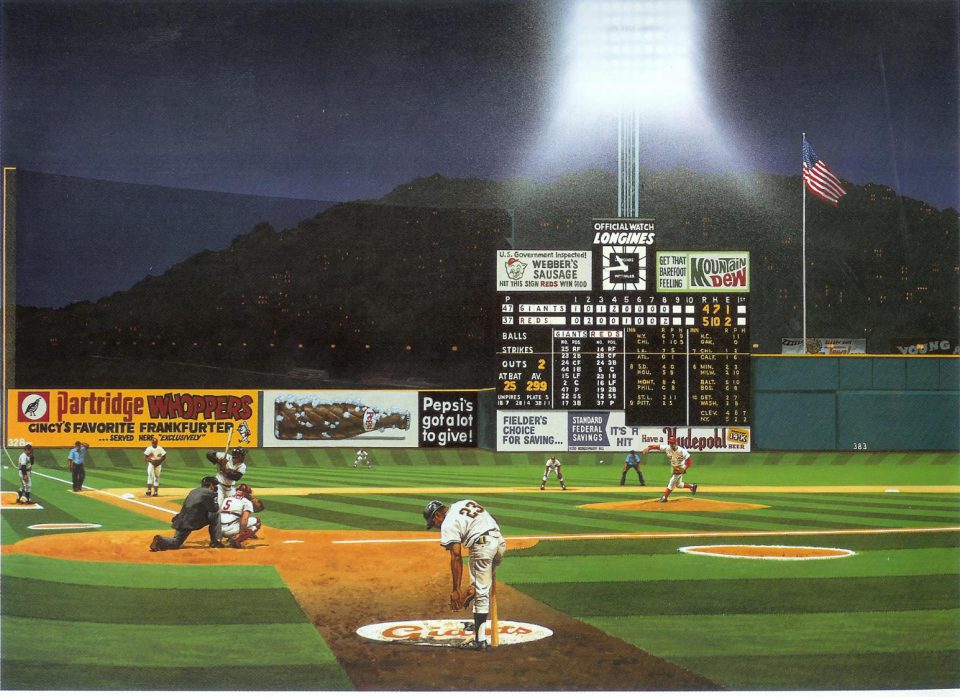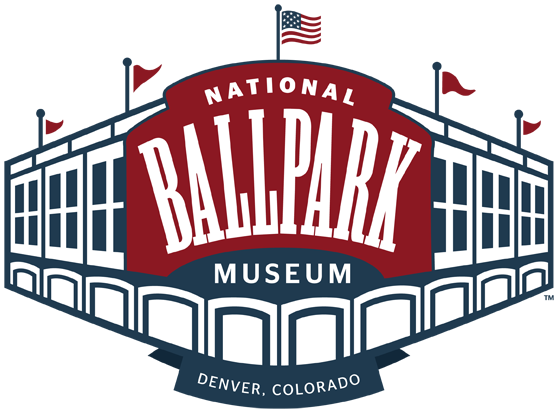
Crosley Field was a Major League Baseball park in Cincinnati, Ohio. It was the home field of the National League’s Cincinnati Reds from 1912 through June 24, 1970, and the original Cincinnati Bengals football team, members of the second (1937) and third American Football League (1940–41).Crosley Field was on an asymmetrical block bounded by Findlay Street (south), Western Avenue (northeast, angling), Dalton Avenue (east), York Street (north) and McLean Avenue (west) in the Queensgate section of the city. Crosley has the distinction of being the first major-league park with lights for playing night games.
The “Findlay and Western” intersection was the home field of the Reds from 1884 until mid-season 1970, when the team moved to Riverfront Stadium. The location of the diamond and consequently the main grandstand seating area was shifted several times during the 86+1⁄2 seasons that the Reds played at the site.
Redland Field, whose name was a reference to the Reds’ name and color, was built for $225,000 by Harry Hake Sr.’s architectural firm. It was one of many classic steel and concrete ballparks constructed during the first ballpark boom era of 1909–1923. Chicago’s Wrigley Field and Boston’s Fenway Park were also built during this era and remain in use today. Although occupying the site since 1884, the Reds dated their ballpark from the permanent structure opened in 1912.
Throughout its history, Redland/Crosley Field was usually among the smallest parks in the major leagues. It accommodated 25,000 fans in 1912; even at its peak, it barely exceeded 30,000 seats, excluding temporary seating areas created for opening day and World Series games. Contributing to this was the fact that there were no bleachers in left or center fields; all outfield seating (about 4,500 seats), were in the semi-trapezoid-shaped right field stands that came to be known as the “Sun Deck” (or, in the case of night games, the “Moon Deck”). *
CROSLEY FIELD FACTS #
- Designed by Harry Hake and built at cost of $225,000.
- Steep incline in front of the fence all around the outfield.
- Known as Redland Field from 1912 to 1933.
- Renamed for Reds owner Powel Crosley.
- Scene of the first major league night game (vs. Phillies) on May 24, 1935.
- In January 1937 Mill Creek flooded, covering the playing field with 21 feet of water.
- Site of the 1953 and 1938 All-Star games.
- Site of the famous Black Sox scandal in 1919, when the Chicago White Sox threw the World Series to the Reds.
- The Press box was not erected until 1938.
- Largest crowd was 36,691 on April 27, 1947.
- Both home and visitor clubhouses were located behind the left-field stands.
- Matty Schwab was the groundskeeper at Crosley Field since 1894, when League Park occupied the site. When he retired in 1963, at age 83, his grandson, Mike Dolan, replaced him.
- After the Reds left, Crosley Field was used by the city as a lot for impounded cars until it was demolished.
- After Crosley Field was demolished, Dalton Street was extended through the site of the former ballpark.
- A business park occupies the site of Crosley Field and the parking lots that surrounded it.
- A plaque on a stone pedestal was placed near the corner of Findlay and Western in 1998 to commemorate Crosley Field.
Read our ‘Stadium Seat Spiel’ Article on Crosley Field
*Source Wikipedia
#Source ballparks.com
BELOW ARE SOME OF THE ARTIFACTS FROM CROSLEY FIELD IN THE MUSEUM – CLICK THE IMAGES FOR A LARGER VIEW
